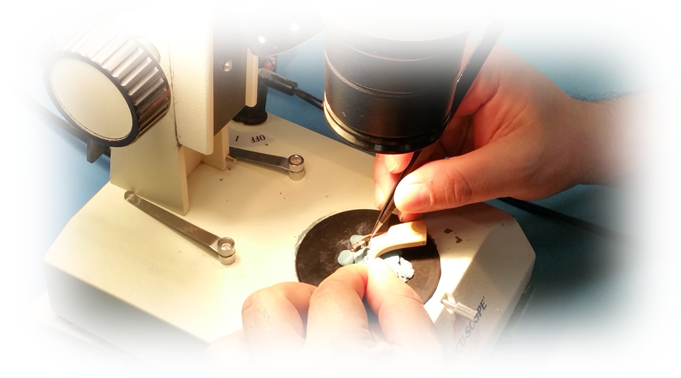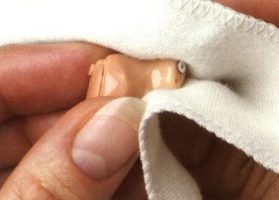Hearing Aids Repair
We offer comprehensive solutions for hearing instruments (HI) repairs for all makes and brands at our InnoHear Ear Lab in Kuala Lumpur. Sometimes, HI age and use can affect the performance of the hearing aids making them malfunction or function below expectations. Most of the times, the repair can be done locally on the spot, but occasionally we might need to send the hearing aid(s) back to the manufacturer for complete troubleshooting.
When Your Hearing Aid Is Beyond Repair
a hearing aid, like any other electronic device; that has suffered enough damage over time can be a complete loss and the cost of repair is too high! In such cases, it’s better financially and for your own peace of mind to replace the hearing aid with a new model.
You can assume your hearing aid may be beyond repair if:
- Your hearing aid is five or more years old. The life span of hearing aids is about five to seven years. So if you’ve reached that period and you are experiencing problems, then it might be the right time to get your self new hearing aids with newer and better technology.
- The damage is visible and looks extensive
- If your hearing aid has been stepped on, smashed, or damaged in a way that seems unrepairable.
- Your hearing aid has been repaired several times in the past, a history of repair means a history of breakage

Hearing Aids Maintenance Service
Daily Care
Hearing aids need special care to guarantee their proper functionality. Our audiologists and hearing care professionals will explain all tips needed to maintain your hearing aids and keeping them in the best condition.
Perform listening checks: Listen to the hearing aid every day. Using a listening tube, you can listen to the hearing aids to be sure that they sound clear and not weak or scratchy.
Check batteries: Batteries should last for about 7-10 days. Using a battery tester, check that the batteries are at full strength so that the hearing aids are working at peak performance. Always keep spare batteries with you. Store them in a cool, dry place. Discard batteries one at a time. Batteries are toxic, so handle them carefully and dispose of them properly.
Clean the hearing aids regularly with a soft, dry cloth. Check for dirt and grime. Earmolds can be removed from the hearing aids (BTE Models) and cleaned with a mild soap solution. Dry them carefully using an air blower. Be sure they are dry before reattaching them to the hearing aids.
Minimize moisture in the hearing aids. This is important for proper function. A hearing aid drying container will help keep moisture from building up inside the hearing aids and will lengthen their life. Be sure to take the batteries out of the hearing aid before placing them in the storage containers.
Avoid feedback: Feedback is the whistling sound that can be heard from the hearing aid. It occurs when amplified sound comes out of the earmold and reenters the microphone. You should not be hearing feedback if the hearing aid is securely seated in your ear. Hearing feedback may suggest that the earmold is too small and needs to be replaced or that there is too much earwax in the ear canal.
Regular audiology visits are important for hearing testing, to check the performance of the hearing aid, and to make necessary adjustments.

